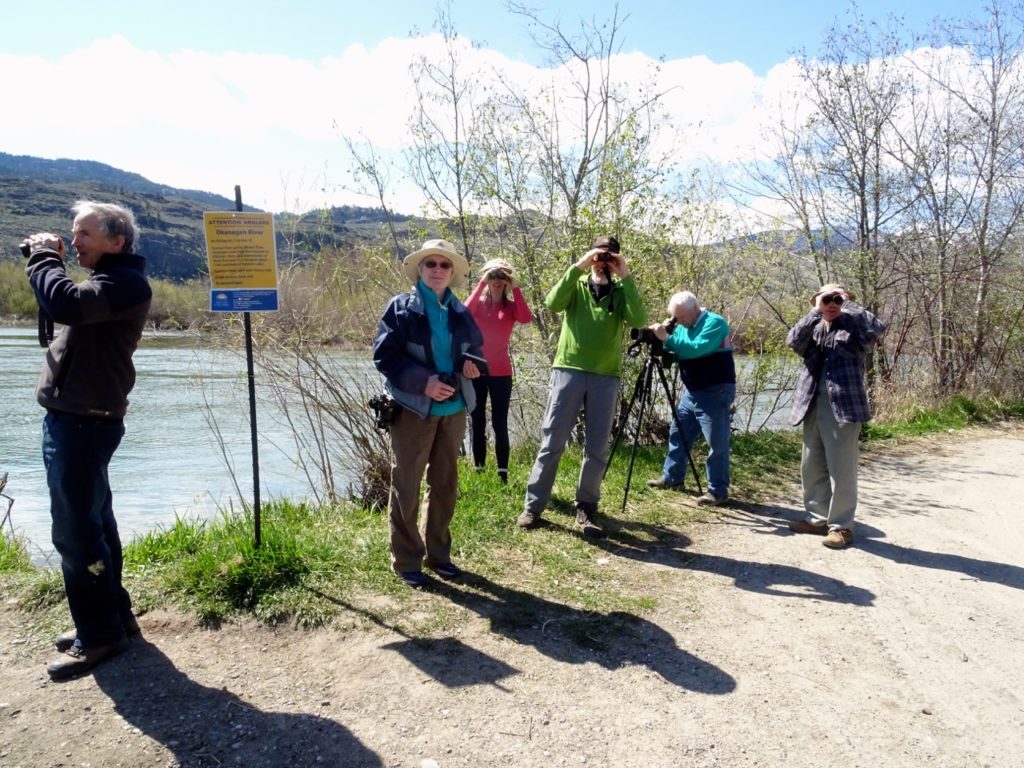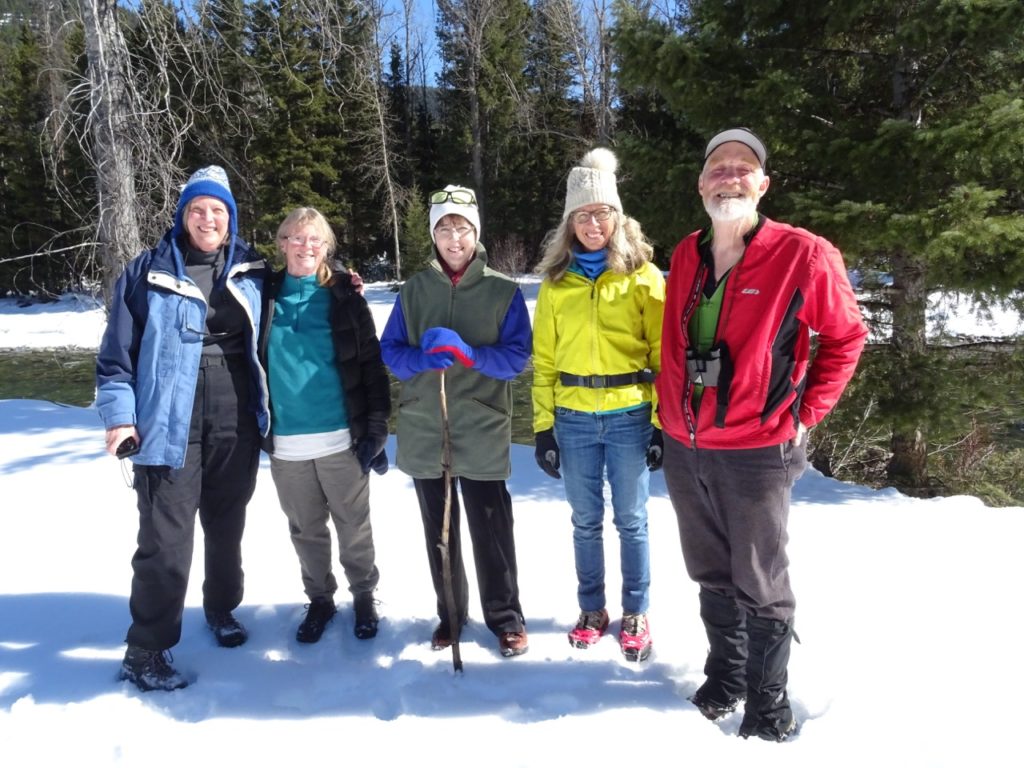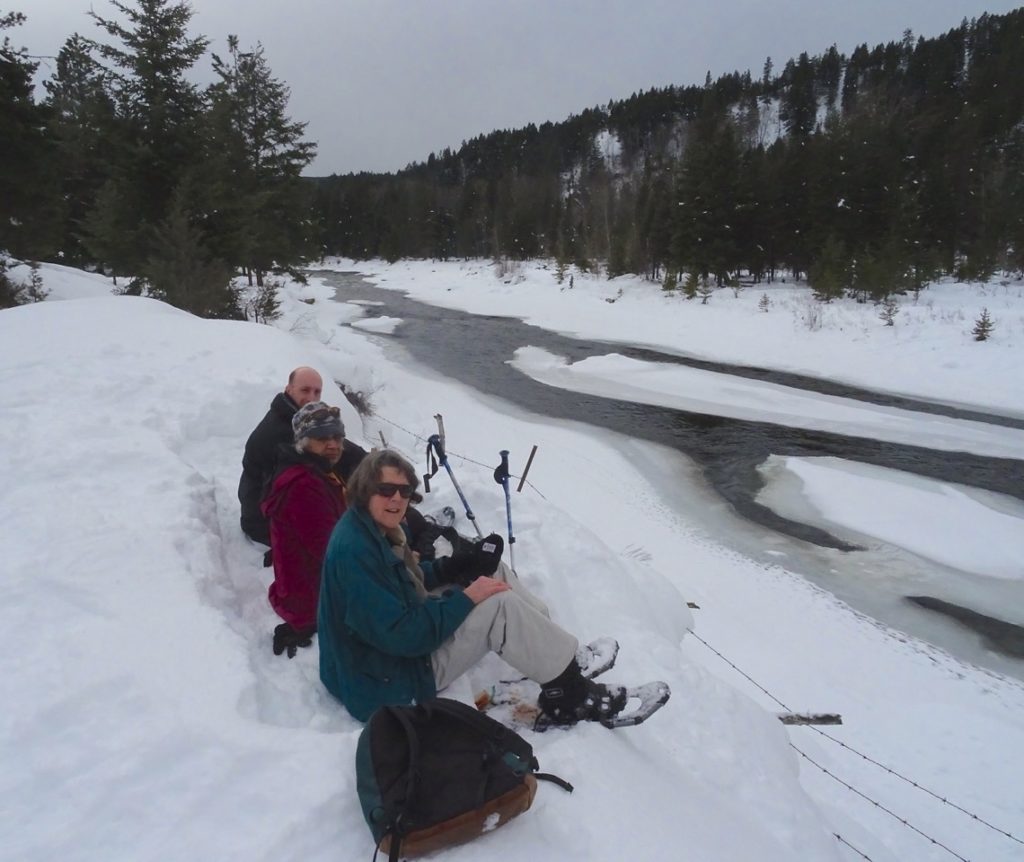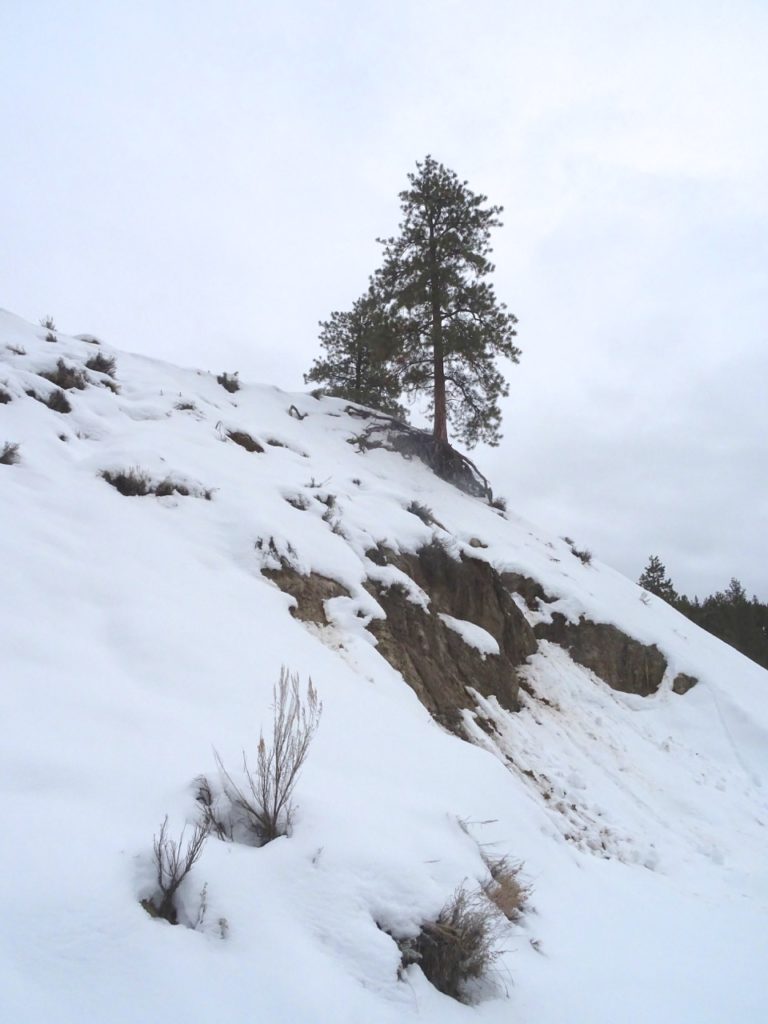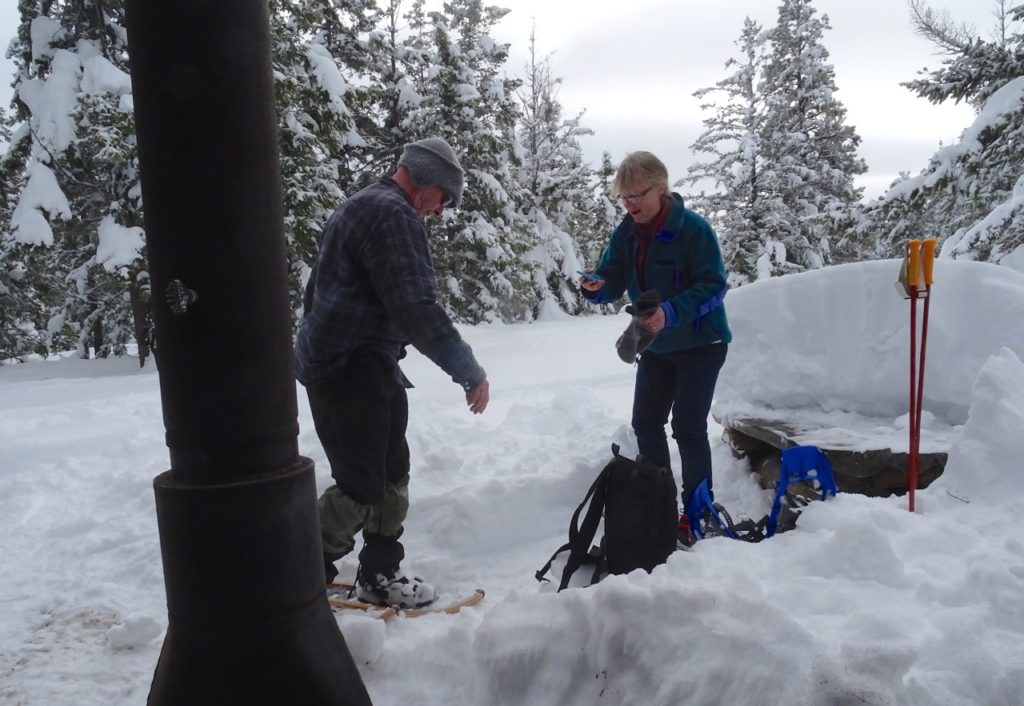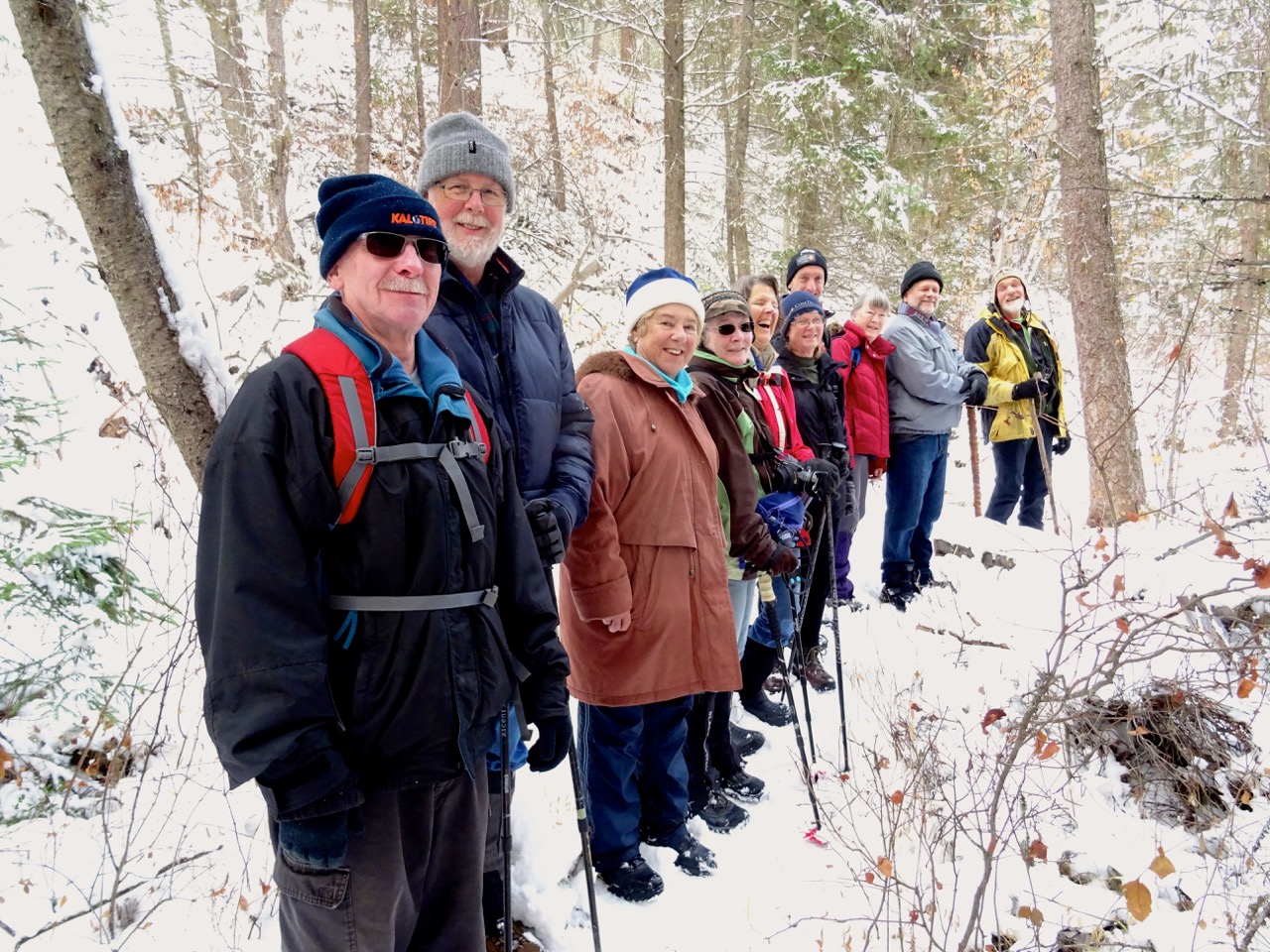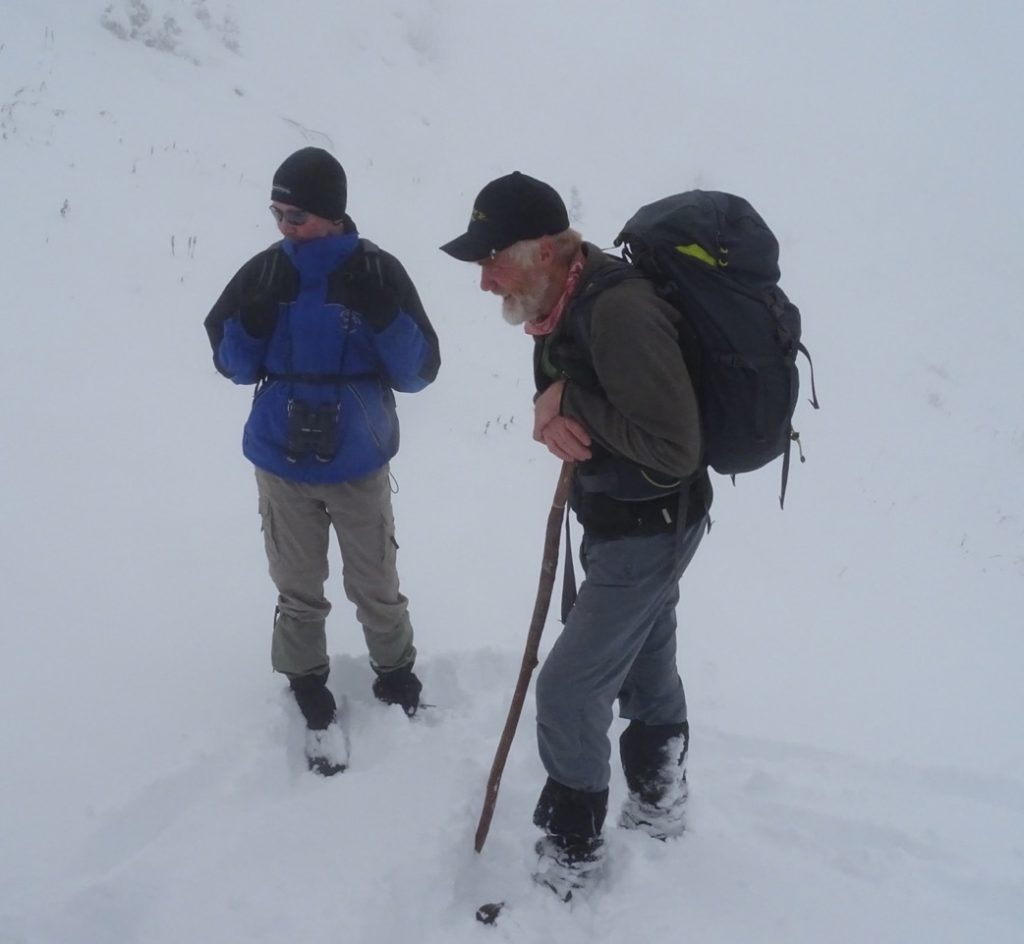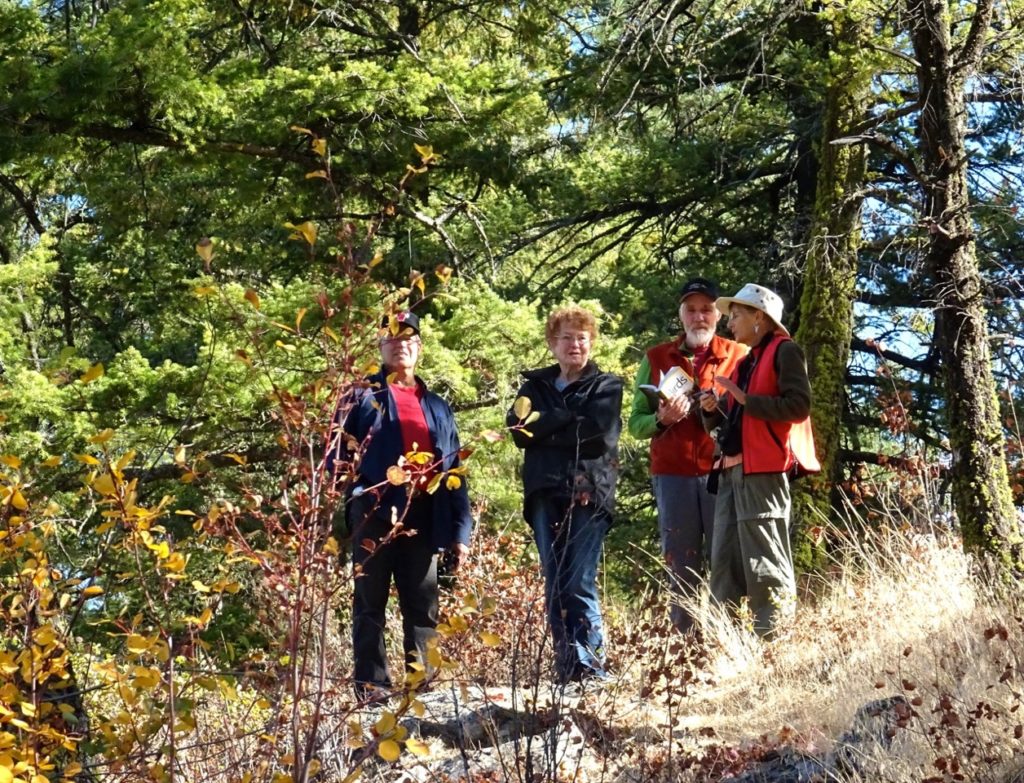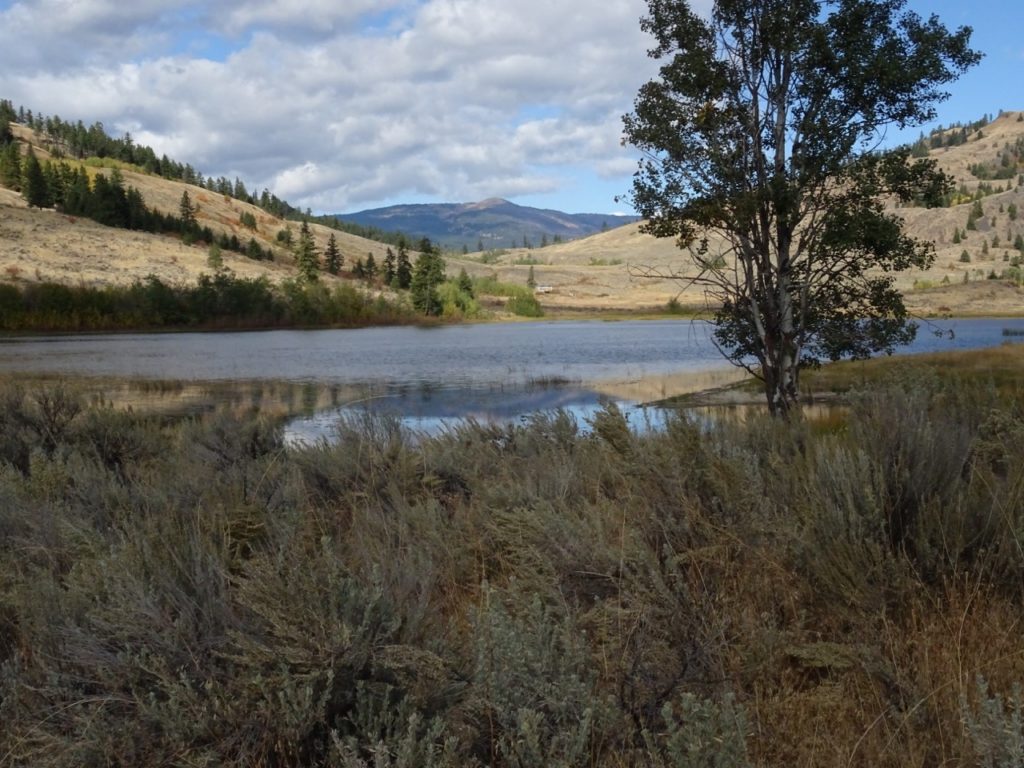
The first stop was the wild sagebrush expanses of the Nighthawk Road that leads to the US border, south of Cawston. New vineyards and orchards are replacing the existing sagebrush continually; so this important habitat is rapidly declining. We spotted Brewer’s Sparrows, Mountain Bluebirds, Brewer’s Blackbirds, but no Sage Thrasher. Heading to the summit of Richter Pass, golden bouquets of Arrow-Leaved Balsamroot abounded everywhere. As we drove, we spotted an American Kestrel on a roadside fence post; we stopped and watched with amazement as the poor bird valiantly tried to get airborne with a ground squirrel that almost matched it for size and probably exceeded it for weight. It made as far as the next post, then the next, and then down to the ground to eat a well-deserved meal!
Leaving the Pass, we paused at Spotted Lake, a remarkable natural phenomena. We turned off onto the Old Richter Pass road and turned right to a small lake where we spent a short time observing the waterfowl. We sighted Redheads, Gadwall, Bufflehead, and Barrow’s Goldeneye. Meanwhile, whizzing above us, were Violet-green and Northern Rough-winged Swallows. Due to spring run off, we decided not to take our chances getting in to Kilpoola Lake as the dirt road already had a “Road Closed” barrier across it.
Continuing down the road, we entered the Okanagan Valley. The valley bottom, now home to famous vineyards and orchards, was originally a vast wetland, especially in spring. It is now a mecca for birders, especially Road 22. Birding sighting opportunities abound. The hillside, behind the historic barns of the Haynes Ranch, is now a conservation area with hiking trails to the summit of the “Throne”. We followed the canal side trail of the Okanagan River and saw Tree Swallows, Audubon Warblers, Blue Herons, Northern Shovelers, Hooded and Common Mergansers, a Wilson’s Snipe, and a Say’s Phoebe. Ken set up his scope, and we watched an Osprey sitting on its nest.
We forwent the hike to the throne and headed to Vaseux Lake. Other than the impressive blind, there was little to see there. We also forwent the stop at Tickleberry because of the lineup and headed for St. Andrew’s Golf Course. Tiny streams were flowing down from melting snow making pools near the road. We stopped at one pool and saw Killdeer and a Greater Yellowlegs. Through Ken’s scope we could see the slightly upturned three inch long beak that differentiates it from the Lesser Yellowlegs with its straight beak. We stopped at White Lake with the hopes of seeing a Sage Thrasher, but it hadn’t been informed of our visit so it did not show up! However, we did see a small flock of American Pipits and even a Turkey Vulture. According to Cathy Lahaie we saw a total of 40 species (actually saw not just heard)!
At lower elevations, the Arrow-Leaved Balsamroot was in glorious display, as were the Sagebrush Buttercups, Yellow Bells, Spring Beauty and Small-Flowered Woodland Stars. Spring had definitely arrived in the Okanagan. It was a rewarding and satisfying outing.
Report by J. Henry; editing M. Masiel
